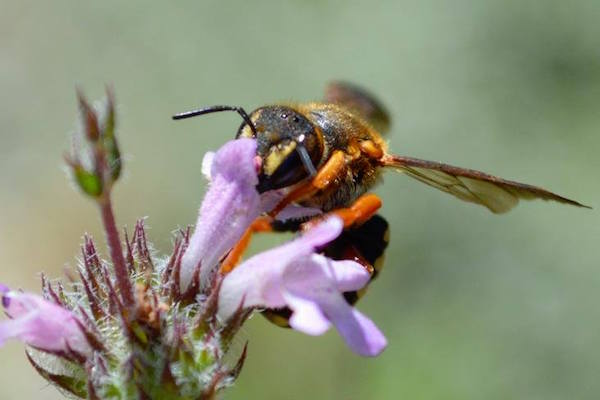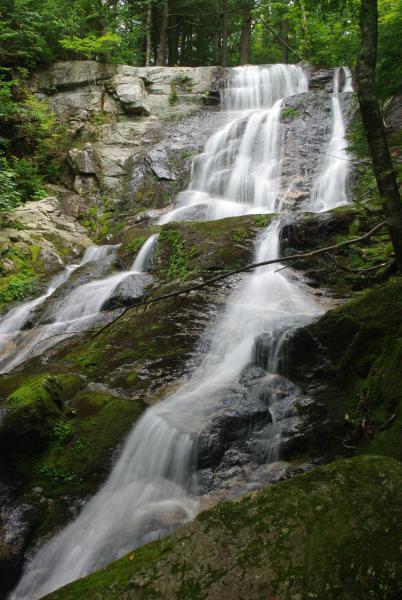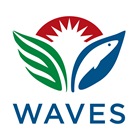
(Photo by eltpics/Flickr CC)
The economic benefits of nature – or ecosystem services – are often supplied by ecosystems in a different location than where they are used by people. As you read this article, the coffee that you’re drinking may have been pollinated by bees living in a forest patch half a world away, and the electricity powering your computer may have been provided by a hydroelectric dam on a river far upstream of your office. Beyond the problem that supply-and-use patterns for ecosystem services are not always clear, analysts often ask questions about valuing ecosystems and the sustainability of economic decisions. To answer these questions, natural capital accountants must do more than just assess and value changes in how nature could provide ecosystem services to society – methods are needed that better measure spatial flows of services and how they change under management tradeoffs.
In a recent paper published in PLOS ONE and led by Lars Hein at Wageningen University, we define four concepts to advance ecosystem accounting – capacity, capability, potential supply, and flow – and provide practical examples of how to measure and value these concepts:

- Potential supply is defined as the amount of a service that an ecosystem can provide independent of demand – in effect how much “work” an ecosystem can do to generate a particular service like clean water, timber, or migratory bird habitat.
- Flow is the amount of a service used at a given time, such as the amount of water or timber extracted or the number of tourists viewing birds at a wildlife refuge.
- Capacity is the amount of each service that can be used without diminishing other services – for example, the sustainable harvest rate of timber that would not appreciably diminish water quality or wildlife habitat.
- Capability is the sustainable use level for a single service (i.e., that can be maintained perpetually) that accepts a decline in other services. For example, timber harvest could be set at a level that reduces water quality or habitat but still allows a sustainable timber harvest, just as timber harvesting could be eliminated entirely in favor of a sustainable level of water quality or habitat.
Our paper also provides real-world examples of how these concepts can be measured. For instance, in a past study for the U.S. Pacific Northwest, urban growth increased the number of beneficiaries of ecosystem services – increasing the flow and thus likely the value of these services. At the same time, potential supply of these services was reduced, indicating that the continual loss of nature will eventually reduce ecosystem service flows. Similarly, we illustrate the four ecosystem accounting concepts through case studies from the Netherlands – looking at how soil carbon sequestration differs under alternative farming practices – as well as in Norway, examining timber harvests that may or may not be sustainable from the perspective of multiple forest ecosystem services. In WAVES countries, these new concepts can be used to compare changes in potential supply and flow of hydrologic ecosystem services (e.g., water supply or nutrient regulation) for ecosystem accounts in the Philippines, Costa Rica, and Rwanda.
Depending on the resource management questions being asked, these concepts can quantify how ecosystem accounting can answer new questions about linkages between the environment and economy. They will also inform the next generation of standards for the System of Environmental and Economic Accounts’ Experimental Ecosystem Accounts (SEEA-EEA), as international work by WAVES, the U.N. Statistics Division, and others continues to field test and refine the SEEA-EEA toward a statistical standard.
